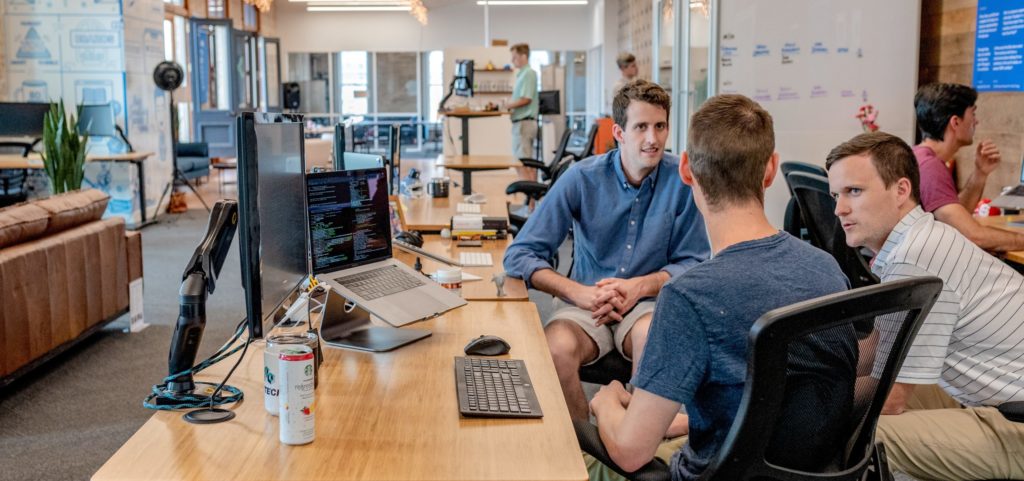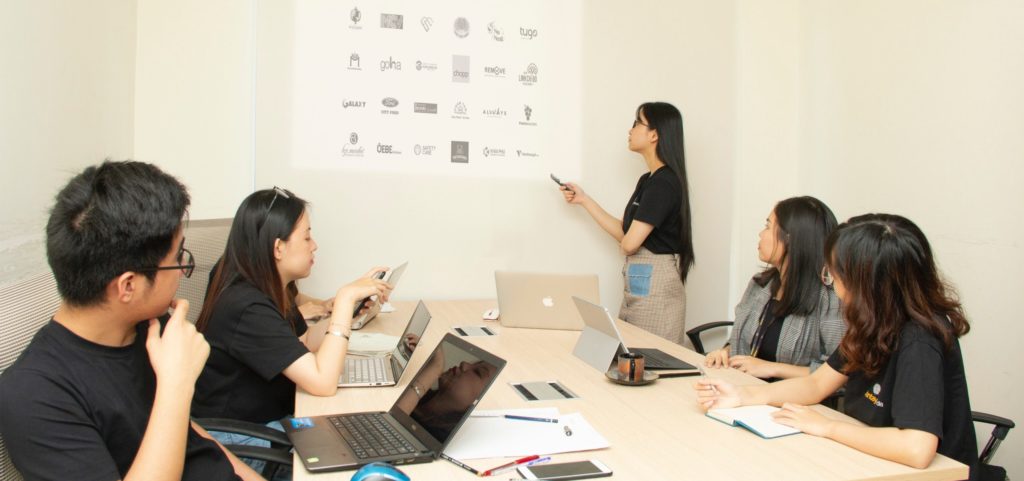Unleashing the Power of Hybrid Learning: Bridging the Gap with Experiential Education
As educators, we are always looking for ways to provide rich and engaging learning experiences that meet students’ diverse needs. Hybrid learning has emerged as a game-changer. It blends online and in-person teaching for flexibility and accessibility. But preparing students for real-life needs more. We mix experiential learning—an approach that combines book smarts with practical, hands-on skills. This piece dives into how combining hybrid learning with experiential education can make learning more inclusive, effective, and future-ready.

The skyrocketing demand for flexible learning environments pushes us to adapt. A 2022/23 Jisc survey of over 27,000 UK students gives us valuable insights to use while designing and tweaking our hybrid programs.
Digital Satisfaction vs. Community Connection
81% of students said they were happy with their digital learning experience. However, only 44% felt like they belonged in their online learning communities. This shows us a big challenge: creating meaningful connections in a digital space—is key if hybrid learning will be truly effective.
Assistive Technology: Supporting Diverse Learners
57% of students said they used at least one type of assistive tech. International students found tools such as captioning and writing support super helpful. This reminds us that ensuring everyone has access to what they need is crucial in hybrid learning settings.
Persistent Challenges in Hybrid Learning
Bad WiFi keeps messing up online learning. Limited private study spaces make it hard for students to focus. Some still struggle to get devices, especially marginalized learners. We’ve got to push for better infrastructure and equal access so that no one is left behind in hybrid settings.

While hybrid learning provides flexibility, it’s vital not to rely solely on online materials. Introducing experiential learning can add real-world relevance to the classroom. This method allows students to apply what they learn in real situations. It enhances their understanding and engagement considerably. Plus, it preps them for the challenges they might face in the workplace
Why Experiential Learning Matters in Hybrid Education
- Enhanced Engagement: Hands-on projects grab attention and link theory to practice.
- Career Readiness: Work with industry partners on real issues gives useful skills & experiences.
- Meaningful Connections: Group projects help build bonds and cut down on the isolation that online learning creates.
- Skill Development: Teaches problem-solving, teamwork, & communication—hard to get through lectures alone.

For educators, blending experiential learning into hybrid models can be both innovative and practical. Here are some ideas:
- Live Industry Projects: Team up with companies to give students real-world problems, offering relevance & hands-on practice.
- Virtual Internships: Remote internships let students gain work experience without location barriers.
- Simulations and Role-Playing: Use tech to create immersive scenarios where students practice solving issues.
- Cross-Disciplinary Collaboration: Get students from different fields to work together on complex projects, like real-world teamwork.
These ideas offer students not just curriculum knowledge but prepare them for life beyond school.

Bringing hybrid and experiential learning into schools isn’t without hurdles. Here’s how educators can tackle them:
- Invest in Strong Tech Infrastructure: Push for reliable WiFi & devices so all students can join hybrid learning fully.
- Create Flexible Learning Spaces: Make on-campus spots that cater to both solo & group study styles.
- Enhance Accessibility: Ensure courses include assistive tech & content for different needs.
- Comprehensive Support Systems: Offer tech support, mentoring, & guidance so students can navigate hybrid environments smoothly.

For those looking to blend hybrid and experiential learning well, Practera provides custom solutions that are flexible, scalable, and fit modern student needs. Practera’s platform helps educators easily incorporate experiential learning into their courses.
- Customizable Learning Journeys: Design paths that mix online and face-to-face experiences uniquely for each student.
- Industry Collaboration Opportunities: Facilitate remote internships & live industry projects easily through Practera.
- Data-Driven Insights: Use analytics built into Practera to track student engagement/results & improve course delivery continuously.
- Scalable Solutions: Support large programs effortlessly, allowing institutions to offer top-quality hybrid experiences broadly.
Partnering with Practera offers educators a more dynamic, flexible &, and career-focused environment, prepping students for future challenges.

As educators, we are at the forefront of a rapidly shifting educational landscape. By combining the adaptability of hybrid learning with the hands-on approach to experiential methods, we can craft an engaging and career-focused environment for all learners. This helps us meet the needs of today’s students while equipping them with essential skills for facing tomorrow’s challenges.
So, how do hybrid and experiential learning enhance your educational journey? Share your thoughts and experiences in the comments below!












